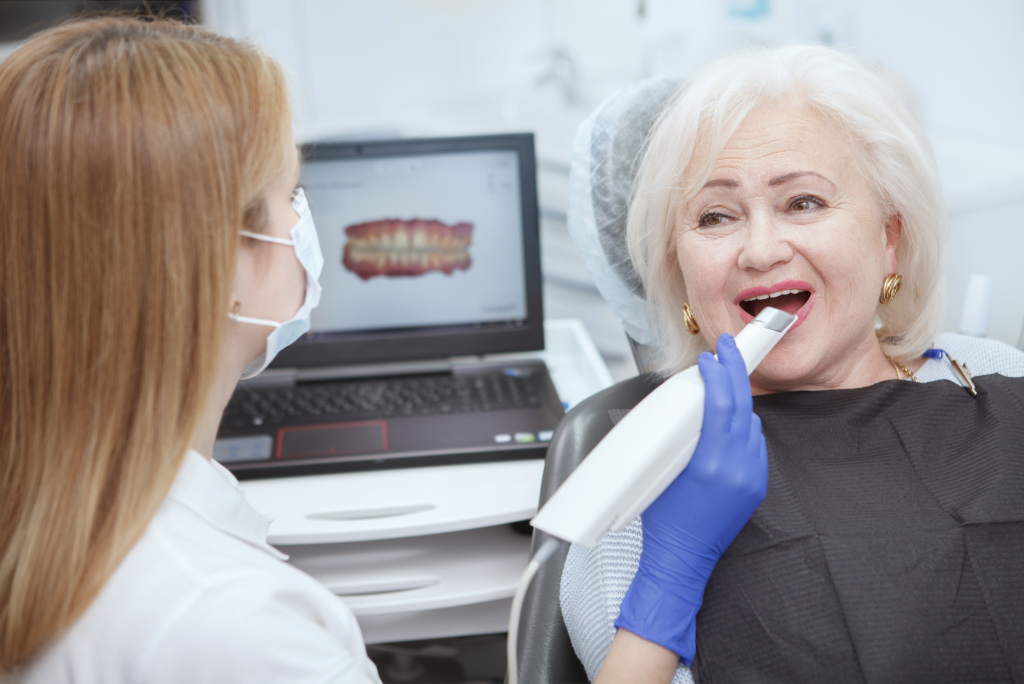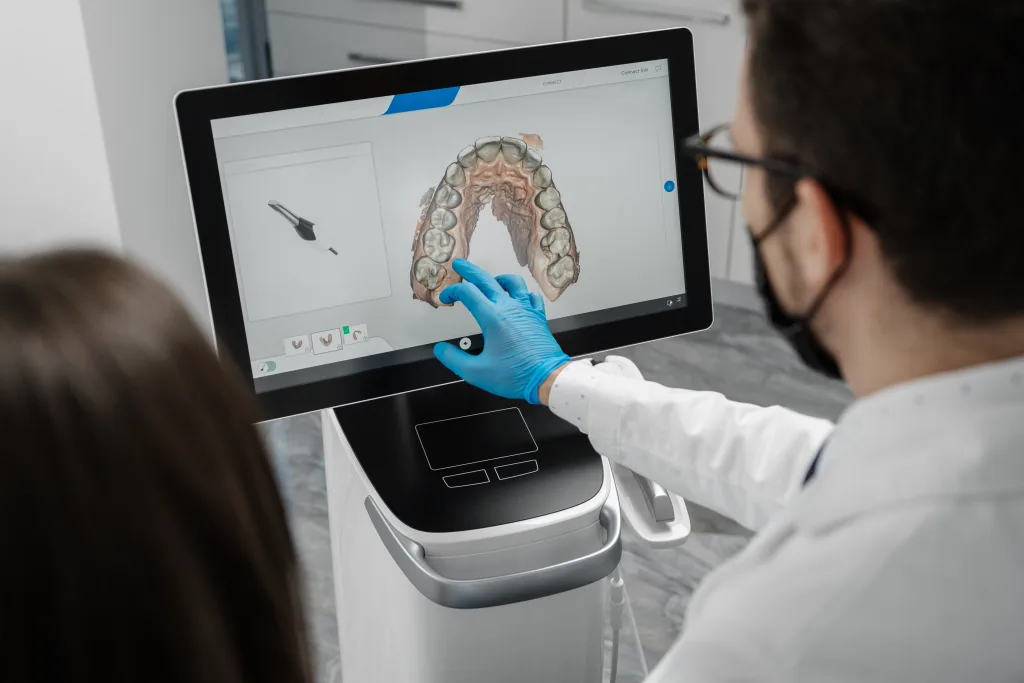
By Pete Alfano
When we think about technology in three dimensions, the first thing that probably comes to mind is 3D movies. Sitting in the theater, wearing those cool glasses, you feel like you are part of the movie, not just watching it. And as unbelievable as it may sound, the first 3D movie was in 1922, over 101 years ago.
In real life, of course, we see everything in three dimensions – height, width, and depth. But when we read printed matter or watch TV or non-3D movies, the images are flat. We cannot see the third dimension, which is depth perception. So, while it may have taken a century, the 3D revolution is here and is being utilized in numerous businesses such as architecture, interior design, and fashion design, all made possible by the advent of 3D printing.
During the past decade, 3D imaging has been increasingly utilized in the field of dentistry. According to the National Institutes of Health (NIH), images from intraoral optical scanners (IOS) and cone beam computed tomography (CBCT), can be uploaded to 3D software, giving a view of a patient’s teeth exactly as they look when a dentist says, “open wide,” and peers into your mouth. X-rays, in comparison, provide only a two-dimensional flat image.
As patients, we really don’t have to understand how 3D imaging works. It sounds like science fiction, and describing the process might as well be like learning a foreign language. What is important is that the technology can be used by dentists to better diagnose and treat a multitude of issues, from cavities to root canals, implants, extractions, orthodontics, bone loss, and sleep apnea. It can help a dentist better treat temporomandibular joint disorder (TMJ), when the jaw doesn’t open and close correctly, often resulting in pain, headaches, tooth and earaches, and even Tinnitus, a constant ringing in the ears.
3D imaging now allows for fitting and attaching a crown or bridge in one visit. A dentist takes a scan of the patient’s mouth and then designs the crown or bridge using 3D software so that it will perfectly match the patient’s bite. The resin used for the crown is poured into the tray of a 3D printer, and about 15 minutes later, a crown is produced. The crown is washed and dried in a special unit and then cured under ultraviolet light.
The dentist then refines the crown with hand tools before attaching it to the patient’s mouth with the standard adhesive that has always been used. The crown or bridge can be brushed and polished just like the ones made the old-fashioned way. Instead of two weeks, a patient can have a new crown fitting perfectly in less than an hour.
We know how dental technicians usually take X-rays. They use an X-ray holder for the film that fits uncomfortably in every part of your mouth and exposes the patient to a couple of seconds of radiation with each X-ray. That is why patients have a protective vest placed on their chests. In 3D imaging, a patient either lies back in the chair or sits upright with their jaw on a chin rest while the scanner rotates around the head, taking hundreds of images. There is a slight amount of radiation, but a good deal less than when a patient has traditional X-rays. It is non-invasive, which makes it much more comfortable than having a full-mouth series of X-rays with a film holder. And if you are wondering, no one is wearing 3D glasses.
The result is that a dentist has a more complete and accurate view of the patient’s mouth and can identify potential issues before they surface. Let’s face it; it is not easy for a dentist to have a great view of the back of a patient’s mouth during an exam. While experts say there will be a learning curve as dentistry evolves fully into 3D imaging, the results should make visiting the dentist a little more pleasant.

The Cost of 3D Dental Imaging
We can all agree that 3D Dental Imaging is safer and gives a more accurate view of a patient’s mouth, jaw, and head. But what is the price tag? That depends on whether you are paying out-of-pocket, have dental insurance, and how much is covered by your provider. The cost of a typical 3D scan ranges from $150.00-$700.00. Your insurance provider should pay all or most of the cost as more dentists convert to 3D imaging and have the technology available in their offices. It is the future of dental imaging and, in the long run, may save the patient and provider money if potential problems are found early. The best advice is to ask your dentist if they are converting to 3D imaging and check with your healthcare provider in advance to see how much, if any, is covered.
Read more about 3D Imaging from Living Magazine: CLICK HERE










